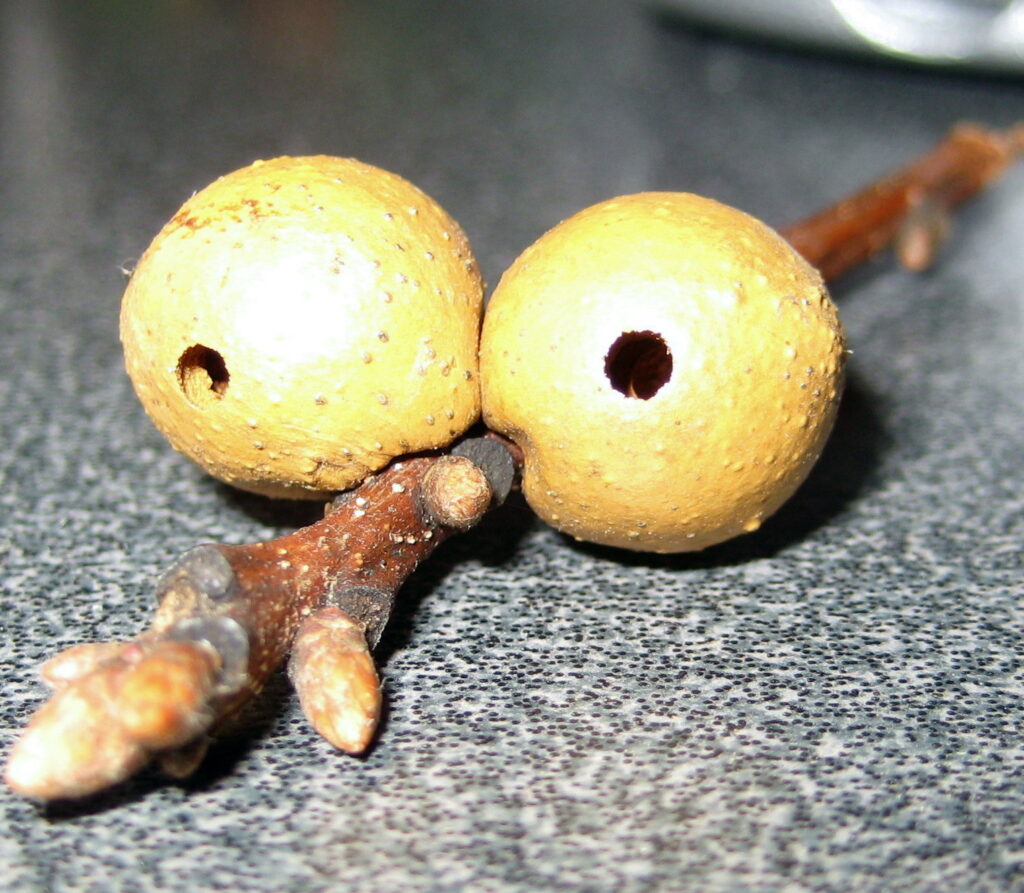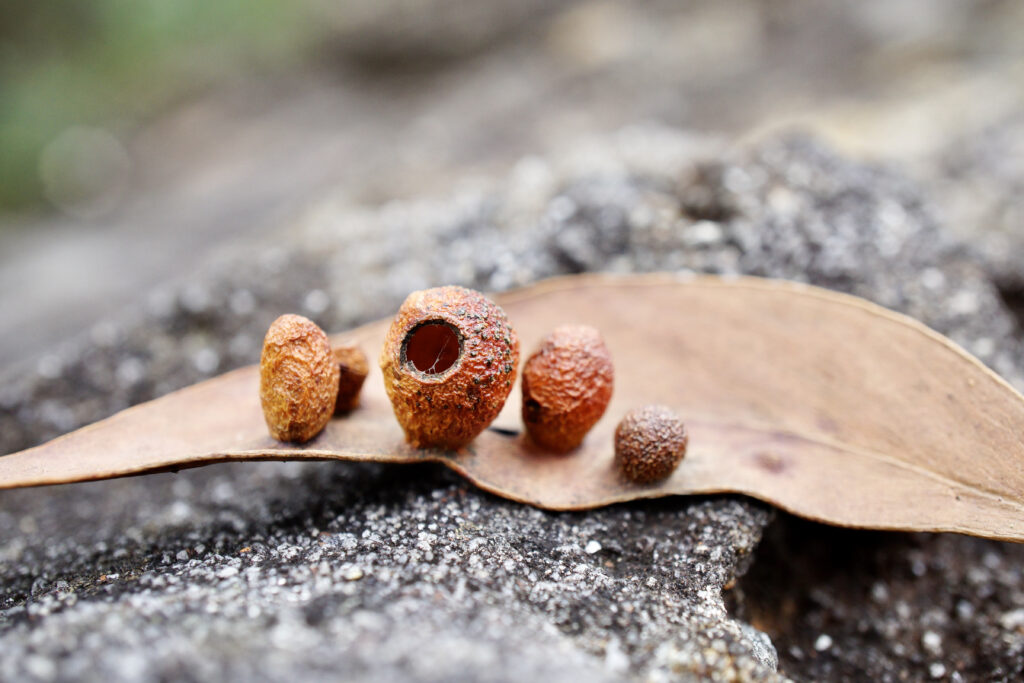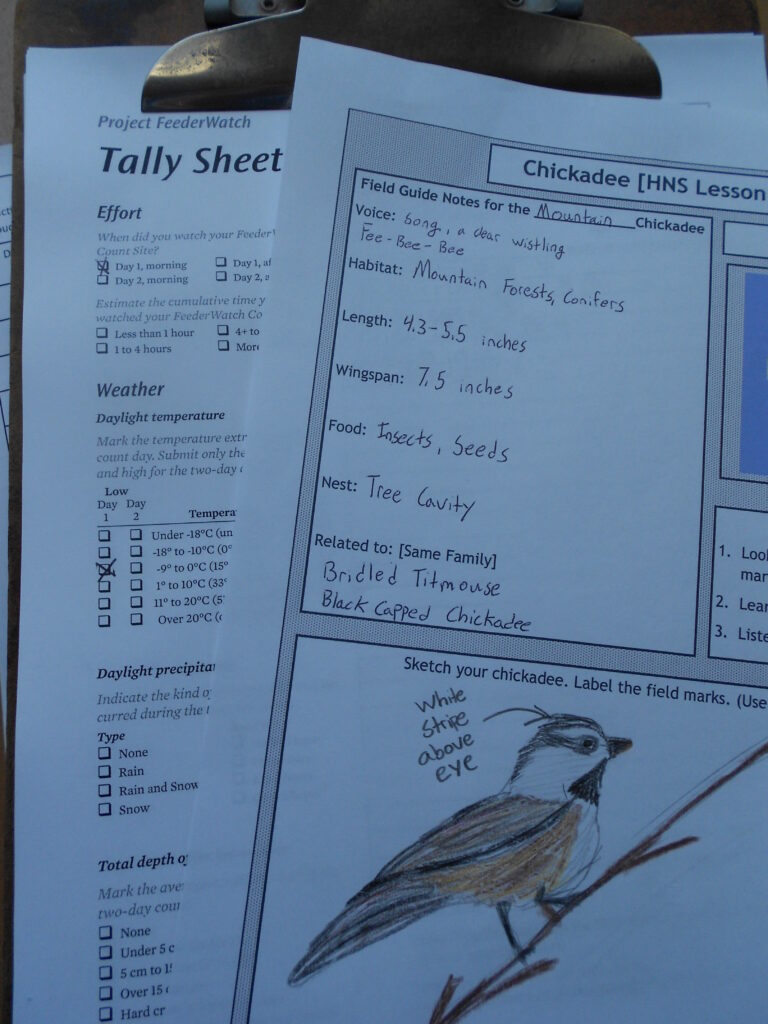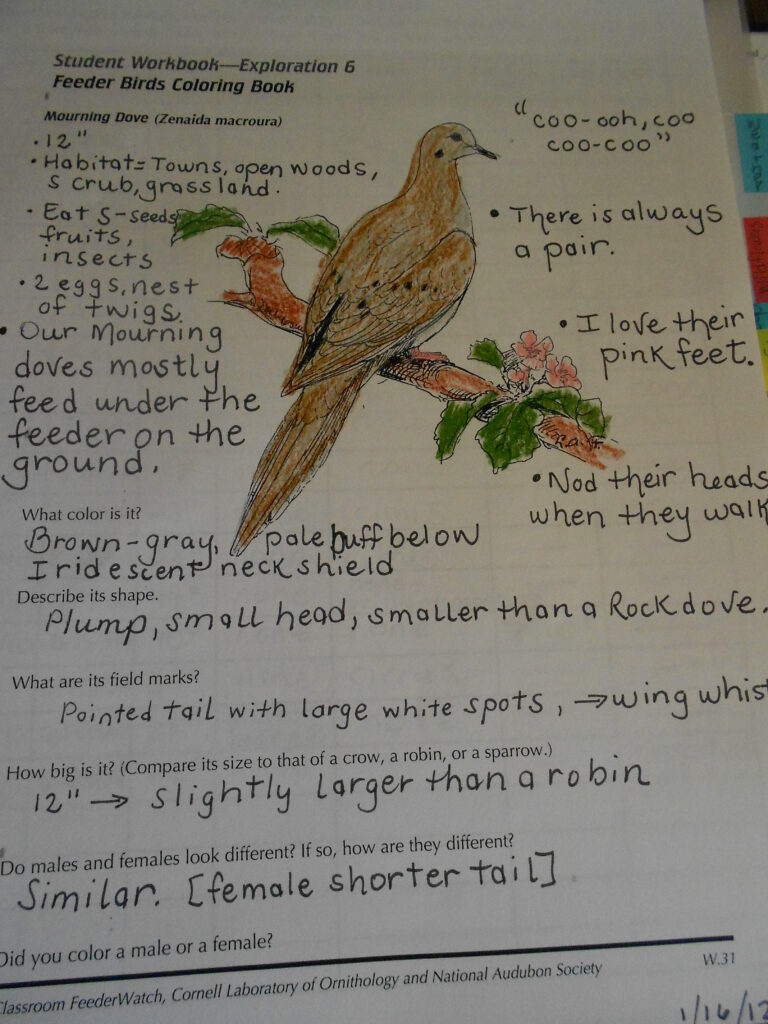
Welcome to the first of the September 2012 Outdoor Hour Challenges. Whether this is your first or your fortieth nature study using the Handbook of Nature Study, please know that I am so glad that you are here and that you are going to join us for a new round of nature study in your own backyard.
If you need an explanation of how the Outdoor Hour Challenge is going to work from this day forward, please read this entry:
Nature Study Using the Outdoor Hour Challenge – How to Steps and Explanation.
Outdoor Hour Challenge:
This week’s challenge, which you can complete at any time that is convenient, is to take a closer look at the subject of ants using the Handbook of Nature Study. You will find the original study here on my blog by following this link: Outdoor Hour Challenge-Ants (from the Spring 2010 ebook).
Printable Notebook Page:
This week the challenge extra is a free printable notebook page that will give you a place to record any of your insect studies. There are two versions for you to download and use with any of the insect challenges. Please use these with any insect you decide to study this month and not just ants.
Insect Study – record your field guide notes and a sketch
Insect Notes – simple page with wider lines for younger students
Getting Started Suggestion:
If you already own this ebook, this week’s ant study would be a great start to Challenge #7 – Your Own Field Guide. You could start with ants and then add more entries as you observe more insects this month. Note there is a create Your Own Field Guide notebook page in the ebook for you to use with this challenge.
Don’t forget that the Getting Started ebook has a complete selection of generic nature journal pages at the back for you to print and use with any challenge.









































